-
Type of Sensor:
- This is a proximity sensor, meaning it is designed to detect the presence of objects in close range without needing physical contact. These sensors work based on various principles such as inductive, capacitive, photoelectric, or ultrasonic. The exact technology for the LK39Z1 R3 would be detailed in the product manual or datasheet.
-
Application:
- Proximity sensors like the Worcester 10E LK39Z1 R3 are typically used in automation, conveyor systems, robotics, safety systems, and machine control applications. They detect when a target object enters their sensing range, triggering a response (e.g., starting a motor, stopping a conveyor, or sending a signal to a controller).
-
Signal Output:
- Many proximity sensors offer either digital (on/off) output or analog output. The LK39Z1 R3 might have one of these types of outputs, depending on the design of the sensor.
- Digital output typically provides a high (ON) or low (OFF) signal, while analog output provides a continuous signal that can vary with the object’s proximity.
-
Working Range:
- The range of the proximity sensor is an important specification. This determines how far away the sensor can detect an object and still function properly. The range is typically expressed in millimeters or inches and would be detailed in the datasheet.
-
Environment Compatibility:
- Proximity sensors like the LK39Z1 R3 are built for use in industrial environments, often offering protection against dust, water, and other contaminants. The IP rating (Ingress Protection) would indicate the sensor’s resistance to environmental elements.
- The sensor might also feature resistance to vibration, temperature extremes, and electromagnetic interference, making it suitable for heavy-duty applications.
-
Electrical Specifications:
- Voltage: The sensor would typically have a defined operating voltage range (e.g., 10-30V DC or 24V AC), which is important to ensure proper function in your system.
- Current Draw: The current rating would also be provided to help ensure the sensor can be safely integrated into your system.
-
Mounting and Integration:
- The sensor is usually designed for easy mounting in specific locations. This could include screw mounting, bracket integration, or other standard forms of installation, depending on the design.
- Integration with controllers or other components typically involves connecting the sensor’s output to a compatible input terminal or interface.
-
Inductive or Capacitive?:
- Depending on whether this is an inductive or capacitive proximity sensor, its application will vary. Inductive sensors are used to detect metallic objects, while capacitive sensors can detect both metallic and non-metallic objects.
- If this is an inductive sensor, it would be most effective in environments with metallic objects, and if it’s capacitive, it would be able to detect a wider variety of materials
| Weight | 6 lbs |
|---|---|
| Dimensions | 5 × 6 × 5 in |

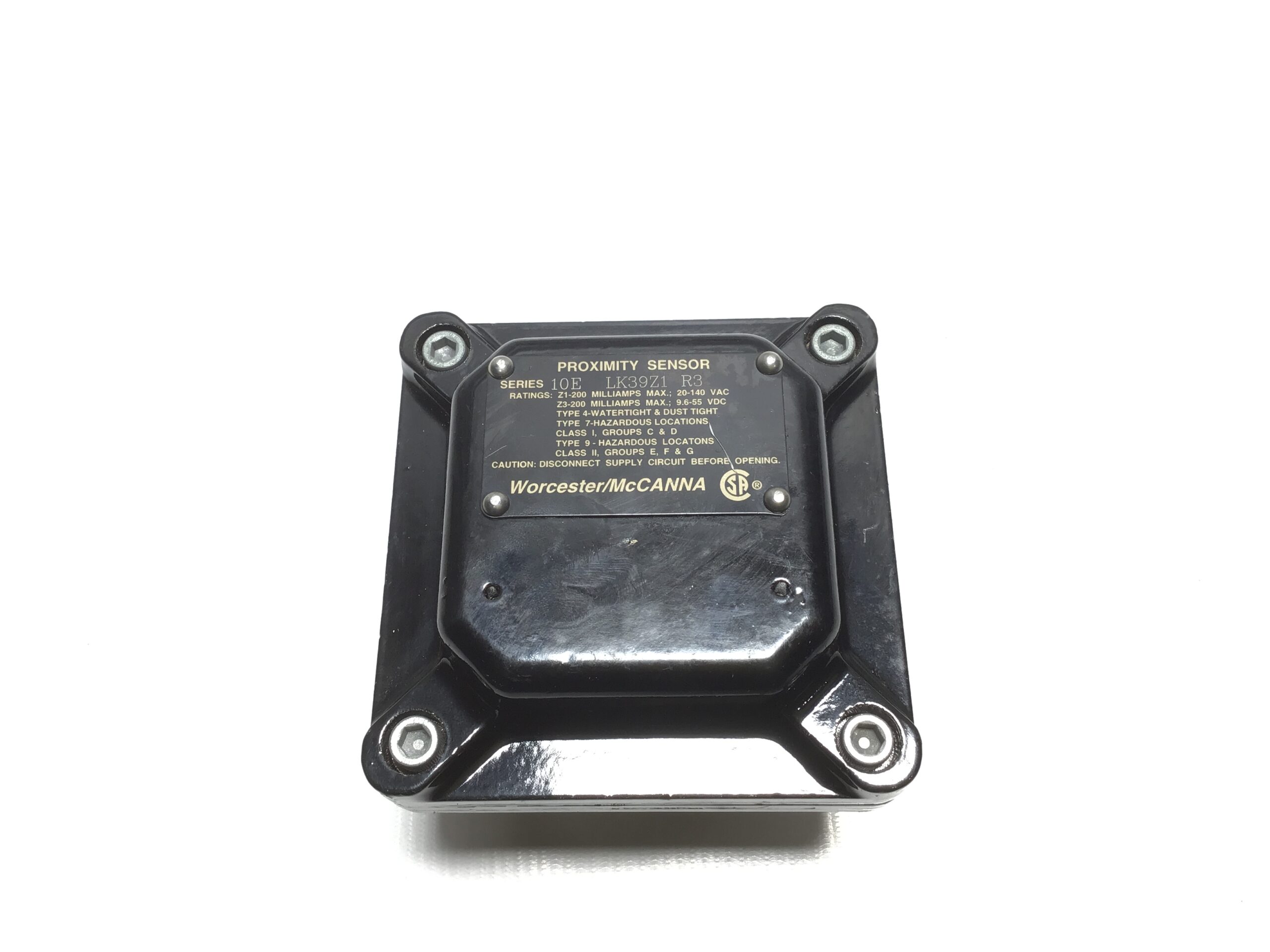
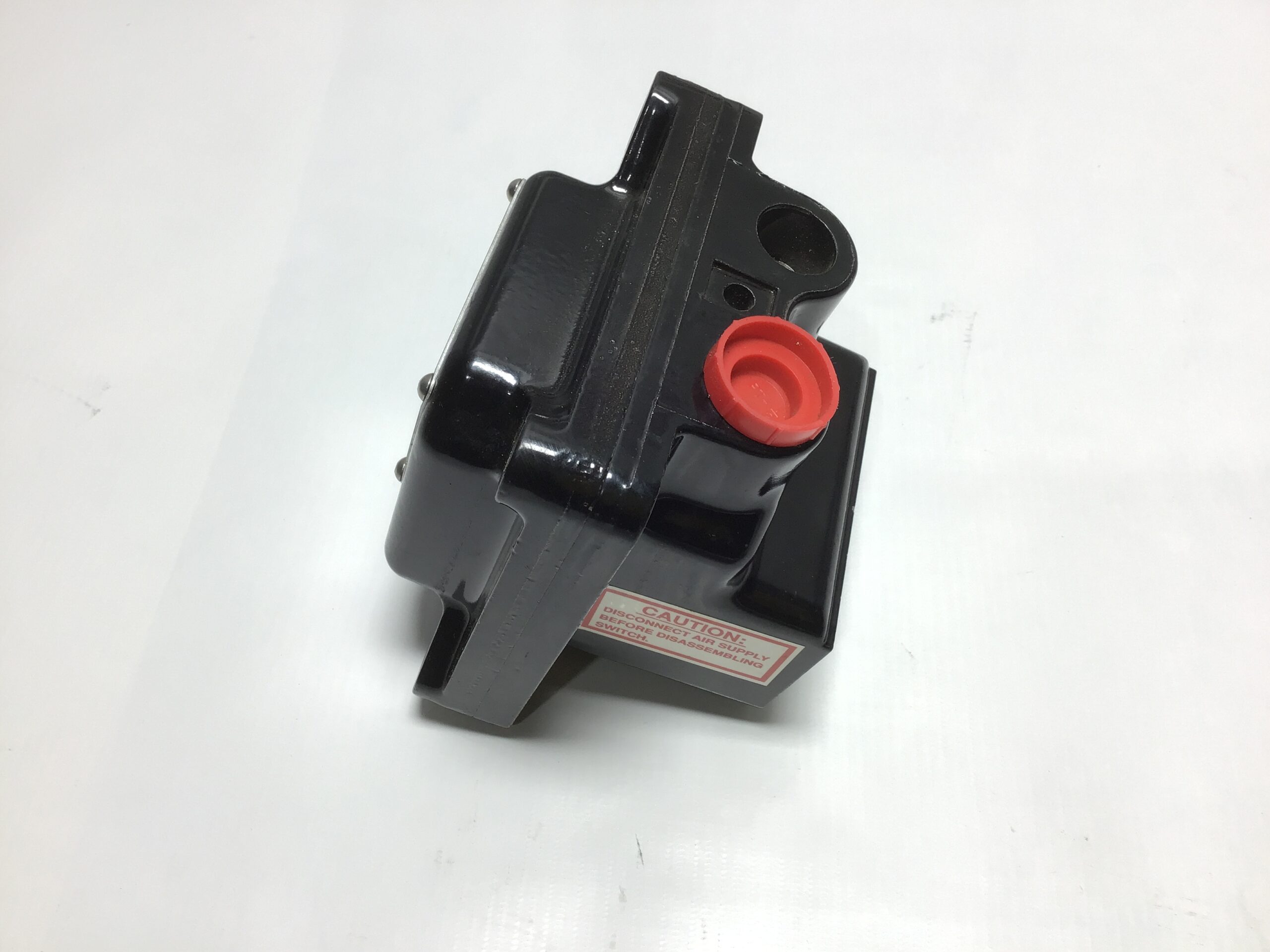
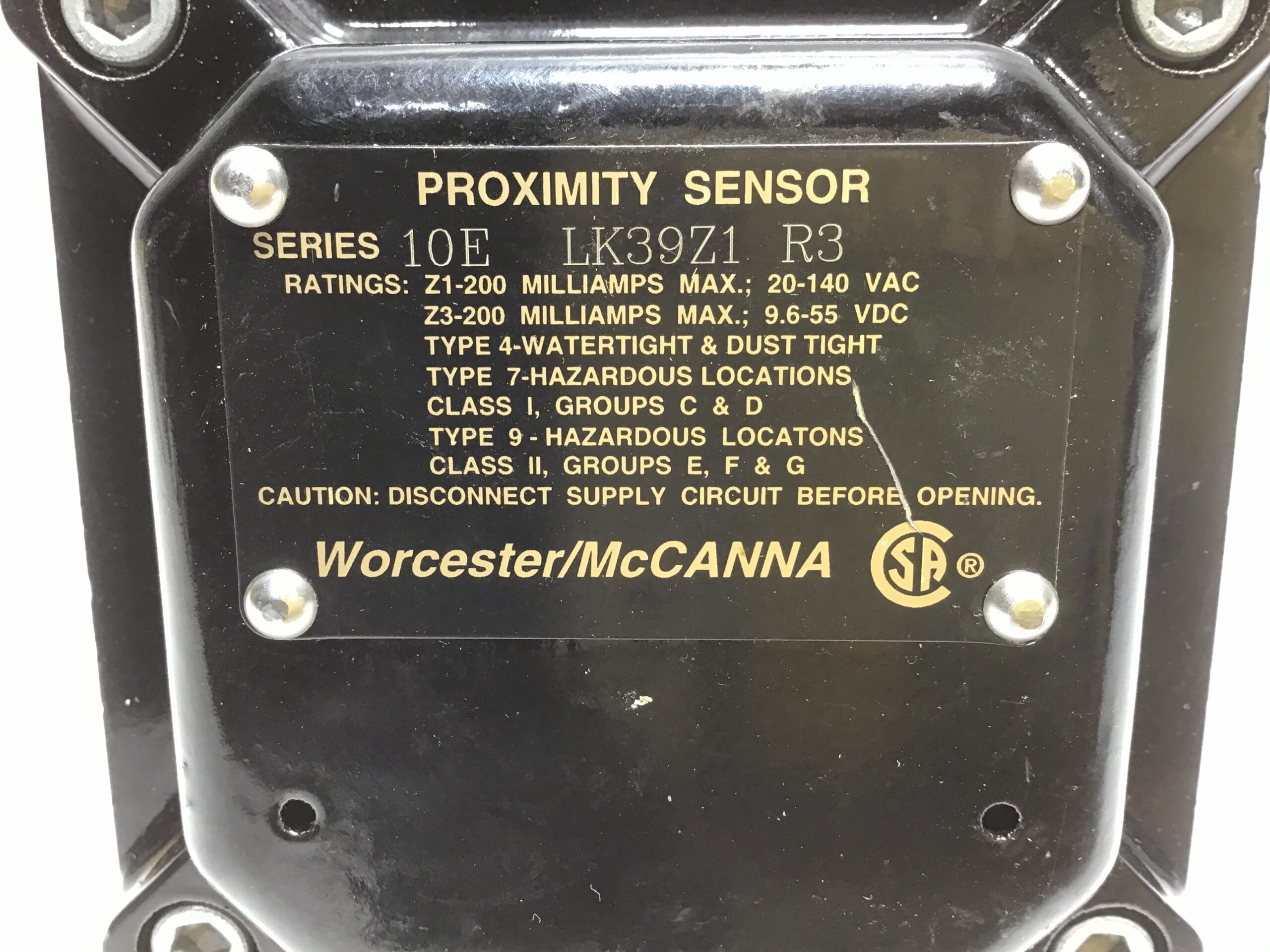


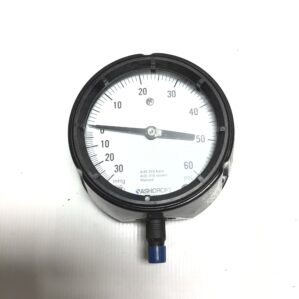

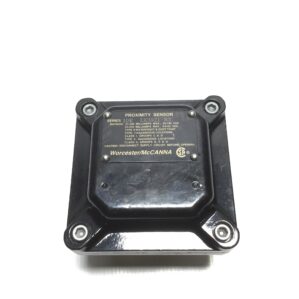
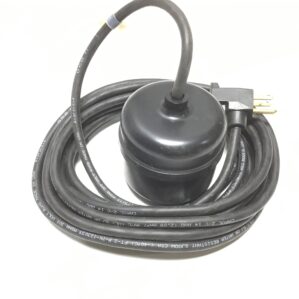
Reviews
There are no reviews yet.